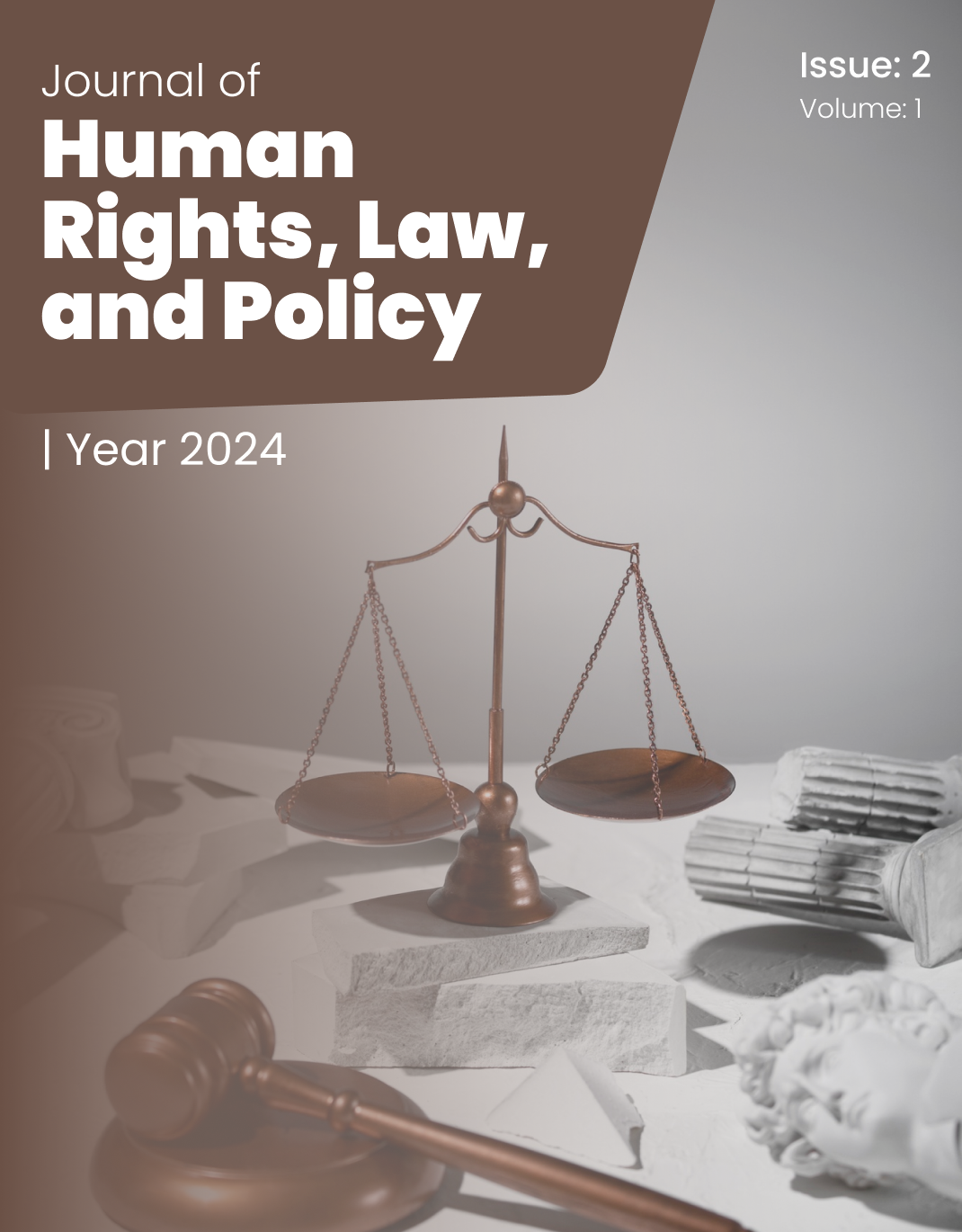The Role of Civil Society in Monitoring Treaty Compliance: A Case Study Approach
Keywords:
civil society, treaty compliance, human rights monitoring, shadow reporting, qualitative research, Iran, international law, non-governmental organizationsAbstract
This study aimed to explore how civil society organizations (CSOs) in Tehran engage in monitoring state compliance with international human rights treaties, focusing on their mechanisms, challenges, and strategic adaptations. This qualitative study employed a case study approach involving 17 participants from various civil society organizations based in Tehran. Participants were selected through purposive sampling based on their involvement in treaty monitoring and human rights advocacy. Data were collected using semi-structured interviews conducted until theoretical saturation was reached. Interviews focused on participants' experiences with shadow reporting, legal advocacy, and transnational engagement. Transcribed data were analyzed thematically using NVivo software, following open, axial, and selective coding procedures to identify core themes and subthemes. The analysis revealed three overarching themes: (1) mechanisms of treaty monitoring, including shadow reporting, digital data collection, participation in review sessions, and legal advisory roles; (2) challenges to effective monitoring, such as legal restrictions, data inaccessibility, intimidation, internal fragmentation, and donor dependency; and (3) strategies for enhancing impact, including capacity building, localization of treaty norms, coalition-building, and media engagement. Participants described innovative responses to structural barriers and emphasized the importance of transnational networks and legal literacy in sustaining their monitoring activities. Civil society organizations in Tehran play a critical yet constrained role in promoting treaty compliance under restrictive political conditions. Despite facing systemic obstacles, they utilize a range of adaptive strategies to engage with international mechanisms, influence public opinion, and advocate for rights-based reforms. These findings underscore the importance of supporting localized, knowledge-based, and coalition-driven approaches to human rights monitoring, especially in semi-authoritarian contexts.
Downloads
References
Alston, P., & Goodman, R. (2013). International human rights: The successor to international human rights in context. Oxford University Press.
Banuazizi, A. (2020). Civil society and political change in Iran: Addressing the legitimacy gap. Middle East Policy, 27(3), 108–121. https://doi.org/10.1111/mepo.12503
Carothers, T., & Brechenmacher, S. (2014). Closing space: Democracy and human rights support under fire. Carnegie Endowment for International Peace. https://carnegieendowment.org/2014/10/20/closing-space-democracy-and-human-rights-support-under-fire-pub-56903
Dodson, M. (2017). Accountability and civil society: The role of NGOs in monitoring state commitments. Human Rights Quarterly, 39(1), 121–145. https://doi.org/10.1353/hrq.2017.0005
Hafner-Burton, E. M. (2013). Making human rights a reality. Princeton University Press.
Human Rights Watch. (2022). World report 2022: Events of 2021. https://www.hrw.org/world-report/2022
Keck, M. E., & Sikkink, K. (1998). Activists beyond borders: Advocacy networks in international politics. Cornell University Press.
Langford, M. (2016). Rights-based approaches to development: From theory to practice. Cambridge University Press.
McCrudden, C. (2015). Transnational human rights law. European Journal of International Law, 26(1), 41–82. https://doi.org/10.1093/ejil/chv008
OHCHR. (2023). Civil society space and participation with UN human rights mechanisms. https://www.ohchr.org/en/civil-society
Simmons, B. A. (2009). Mobilizing for human rights: International law in domestic politics. Cambridge University Press.
Tarrow, S. (2005). The new transnational activism. Cambridge University Press.
Downloads
Published
Submitted
Revised
Accepted
Issue
Section
License

This work is licensed under a Creative Commons Attribution-NonCommercial 4.0 International License.

